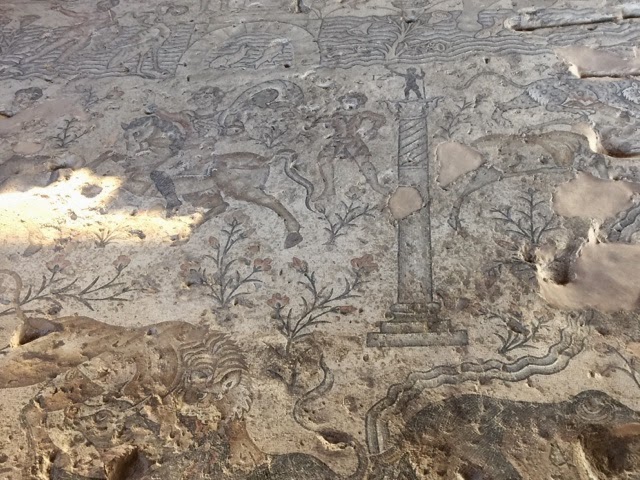Druze in Israel
Insiders and outsiders.
The Druze see their religion, which broke off from Islam in the 10th century in Egypt, as an interpretation of the three large monotheistic religions--Judaism, Christianity, and Islam--and they regard Moses, Jesus, and Mohammed as prophets. The Druze religion has no set rituals and ceremonies, but eating pork, smoking, and drinking alcohol are forbidden. Druze have a strong belief in reincarnation. Druze religious literature is only accessible to a group of religious initiates called the uqqal. The Druze religion is closed to outsiders; they accept no converts.
Communities in Israel
Today, approximately 800,000 Druze live in Syria, 450,000 in Lebanon, and 120,000 in northern Israel. The Druze people in Israel live in the Carmel region, the Galilee, and the Golan. The Druze in the Carmel and the Galilee are Israeli citizens. Most of the Druze in the Golan are Syrian citizens who hold permanent resident status in Israel.
"Archaeologists turned up so many beautiful mosaics in Tzipori that people used to say it might have been a regional catalogue store for those the ornate floors the Romans loved! As you’ll learn on a visit to Tzipori National Park west of Nazareth, its citizens could afford to indulge, because their city’s fate was very different from other Galilee towns in Roman times –during the Great Revolt (66–73 CE) it surrendered to the Romans without a fight. It was thus saved from destruction and went on to prosper.
Byzantine and medieval lore mark Tzipori as the birthplace of Mary. In Jewish tradition, it is best known as the hometown of Rabbi Yehuda Hanasi who codified the Mishnah (the first book of the Talmud) here in the late second century CE. Visitors feel close to Jewish history and practice in Tzipori’s synagogue, with its magnificent fifth-century mosaic whose motifs symbolize longed-for redemption.
Another highlight is the “Mona Lisa of Galilee” in Tzipori’s restored villa. With her enigmatic smile, created by with hundreds of small stones in dozens of natural shades, she peers out from the past, surrounded by scenes of the cavorting wine god, Dionysus and his minions. You can also stroll down main street to the Nile House, where another gorgeous mosaic depicts the Nile River festival, starring gods, goddesses and a menagerie of African animals. Visitors also love exploring the gigantic water tunnel that brought water to the city for hundreds of years from a nearby spring."
NOF GINOSAR HOTEL
RUN BY KIBBUTZ GINOSAR
נוף גנוסר located on the Sea of Galilee or Lake Kinneret.
Netanel Goldberg includes us in the most wonderful singing and invites us to dance.
פתח לנו שער.
שער נפתח
Open us a gate
The gate is opening
יהי שלום בחילך שלווה בארמונותיך
May Peace be within you
Serenity within your home






























No comments:
Post a Comment